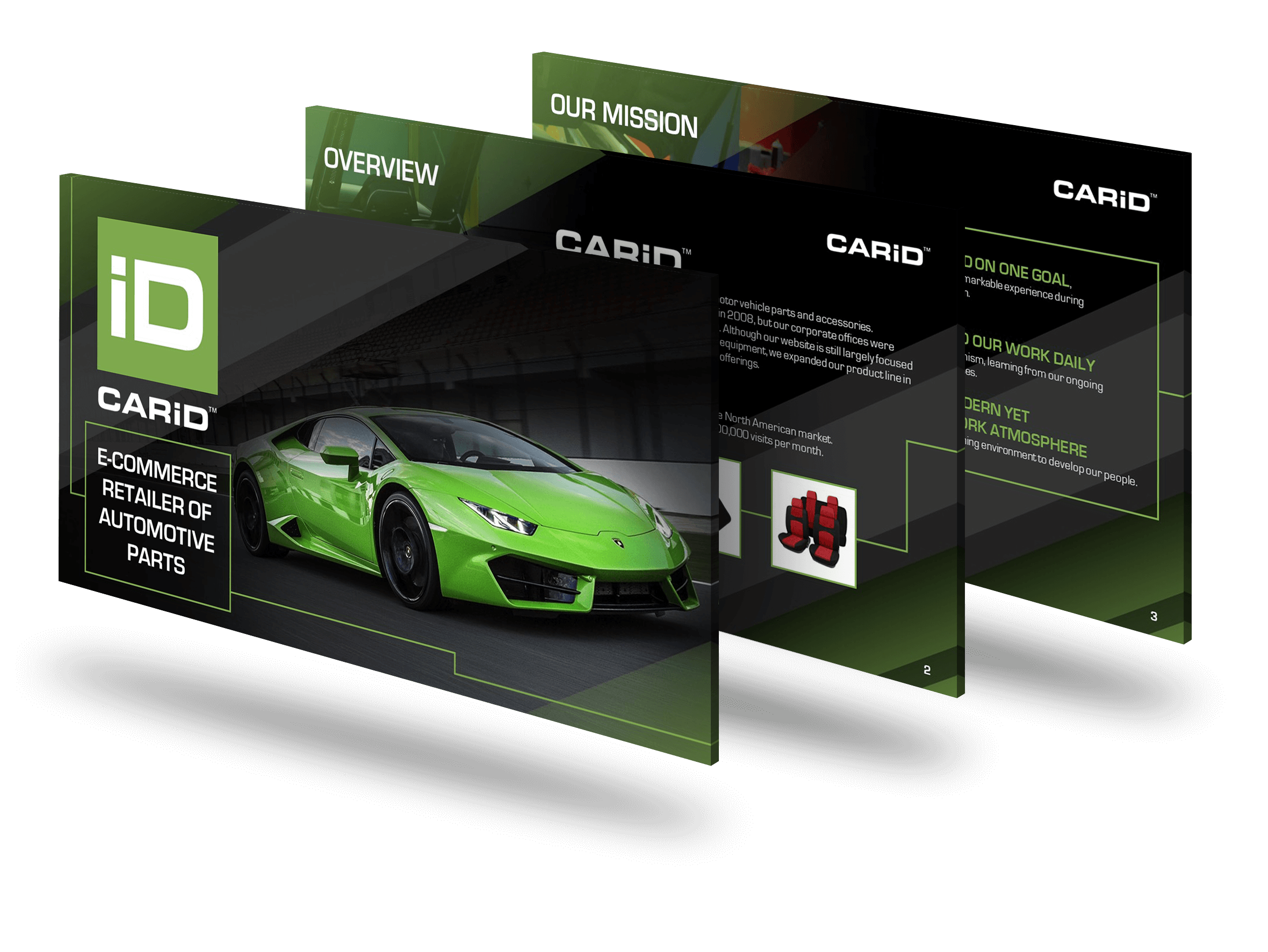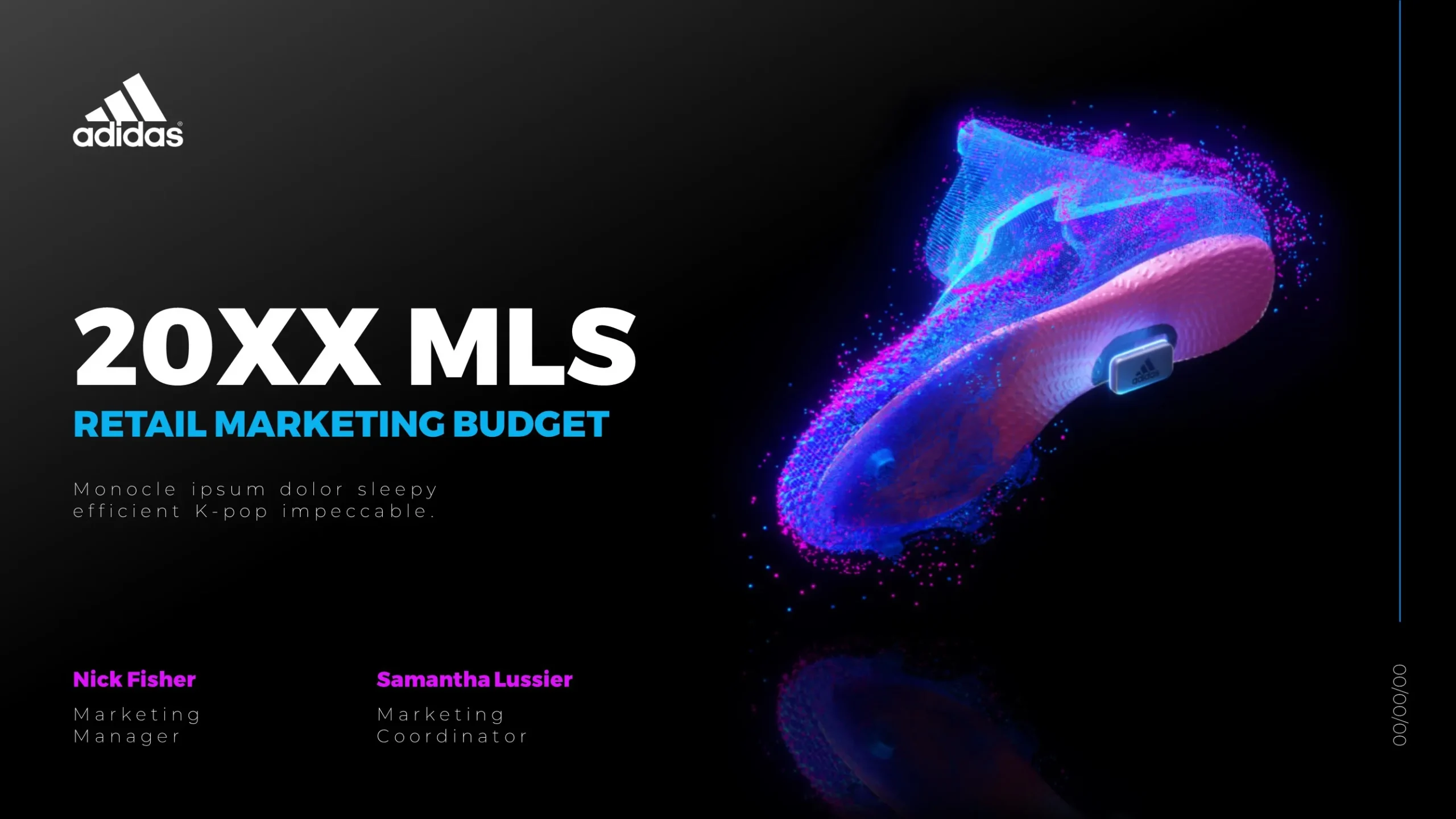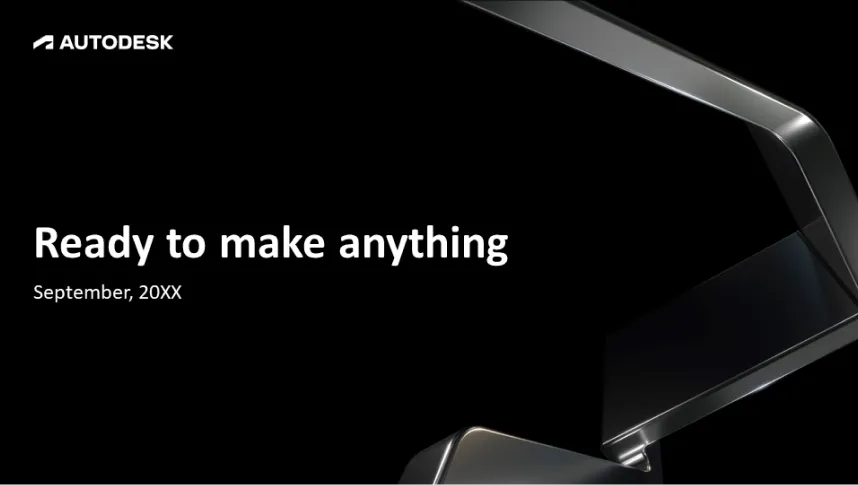Designing slides effectively in PowerPoint involves balancing clarity, aesthetics, and engagement to deliver a visually compelling and easy-to-understand presentation. Here’s a step-by-step guide to help you create effective slides in PowerPoint:
1. Keep It Simple
- Limit Text: Avoid overcrowding slides with too much text. Stick to key points or bullet points, and avoid lengthy paragraphs.
- Use the 6×6 Rule: Try to limit text to 6 bullet points per slide and 6 words per bullet point. This ensures brevity and makes the content more digestible for your audience.
- Focus on One Idea per Slide: Each slide should focus on conveying one primary idea or message. This helps maintain clarity and prevents information overload.
2. Choose a Clean Layout
- Use Pre-designed Templates: PowerPoint provides a variety of templates that have already been structured for professional use. You can also find more specialized templates on platforms like SlideStore or Microsoft Office Templates.
- Align Content Consistently: Use PowerPoint’s alignment guides to make sure text, images, and other elements are aligned properly. Consistency in layout makes your slides look professional and organized.
3. Use High-Quality Visuals
- Incorporate Images: Use relevant, high-resolution images to support your message. Visuals help to convey information more effectively and keep the audience engaged.
- Avoid Clipart: Opt for professional-quality stock photos or custom-designed graphics instead of default PowerPoint clipart, which can look outdated or unprofessional.
- Use Icons and Illustrations: Incorporate icons or simple illustrations to represent ideas or data visually. Websites like Icons8 and Flaticon offer a wide range of free and paid icons.
4. Master Data Visualization
- Use Charts and Graphs: Visualize data using charts (e.g., pie charts, bar graphs, line charts) instead of presenting raw numbers or dense tables.
- Simplify Charts: Avoid overcomplicating charts with too much information. Focus on the key data points that support your narrative.
- Infographics: Consider using infographics to explain complex ideas in a simple, engaging manner. PowerPoint has built-in tools to create custom graphics, or you can use external tools like Canva.
5. Choose Fonts Wisely
- Stick to Standard Fonts: Use easy-to-read fonts like Arial, Calibri, or Helvetica for clarity. Avoid using more than two font styles throughout your presentation.
- Font Size: Ensure your text is large enough to be read from a distance. Aim for a minimum of 24-point font for body text and larger for titles or headings.
6. Use Consistent Colors
- Stick to a Color Scheme: Use a consistent color scheme across your entire presentation. Typically, a combination of 2-3 colors is enough to maintain visual interest without becoming overwhelming.
- High Contrast: Make sure there’s enough contrast between your text and background so that the content is easily readable. Dark text on a light background or vice versa works well.
- Use Accent Colors Sparingly: Use bold or accent colors to emphasize key points but avoid overusing them as they can distract from the overall design.
7. Incorporate White Space
- Balance Content with White Space: Don’t overcrowd slides with too many elements. Leave enough white space around text, images, and charts to ensure the content is easy to follow and doesn’t look cluttered.
- Focus on the Message: White space helps draw attention to the main points of the slide, making your message clearer and more impactful.
8. Add Animation and Transitions (Sparingly)
- Use Subtle Animations: Add animations only when they enhance understanding or direct attention to important elements. Overly complex animations can distract from your message.
- Apply Consistent Transitions: Stick to simple transitions between slides like Fade or Wipe for a smooth, professional flow. Avoid using distracting or overly flashy transitions.
9. Include Interactive Elements (Optional)
- Hyperlinks: You can add hyperlinks to external websites or other slides within your presentation for easy navigation during a live presentation.
- Clickable Buttons: Create clickable buttons for navigation, allowing you to jump between sections in your presentation or return to an agenda slide.
10. Use Speaker Notes for Additional Information
- Speaker Notes: Instead of cluttering slides with excessive details, use Speaker Notes to add background information that can guide you during the presentation without overwhelming the audience.
11. Test for Readability and Engagement
- View Your Slides in Presentation Mode: Always preview your slides in full-screen mode to check for readability, visual appeal, and flow.
- Get Feedback: If possible, show your presentation to colleagues or friends to gather feedback on clarity, engagement, and design.
12. Storytelling and Structure
- Clear Beginning, Middle, and End: Structure your presentation with a clear introduction, body, and conclusion to guide the audience through your narrative.
- Tell a Story: Present data and facts in a story-like format where you build up to a conclusion or a solution. This keeps the audience engaged and makes your content more memorable.
By applying these tips, you can create an effective and engaging PowerPoint presentation that is both visually appealing and easy to follow.
If you want professional help with your presentation design, you can consider reaching out to SlideGenius for expert services tailored to your needs. They offer customized presentation design solutions that can enhance your slides for maximum impact.
View Our Presentation Portfolio










